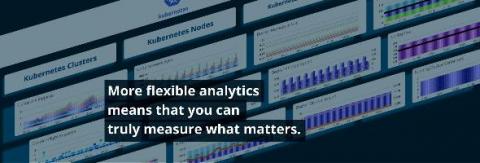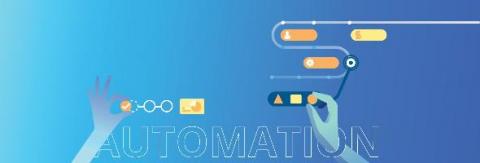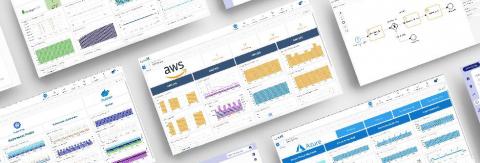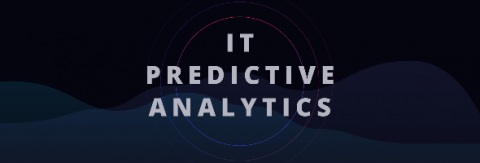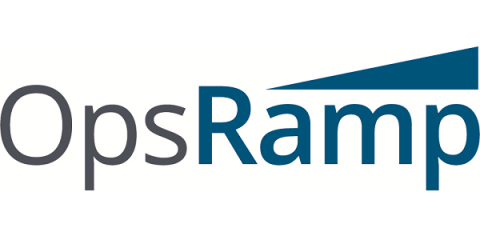IT Leaders in 2021: Great Expectations
During times of great uncertainty, leaders are always tested in ways they never imagined. Can they effectively surmount the external threats to the organization while keeping people committed and engaged with priorities? Back in March 2020, leaders were reacting — as swiftly as they could. Many were positive that the pandemic would disappear as quickly as it appeared and business and personal life would go back to normal.







